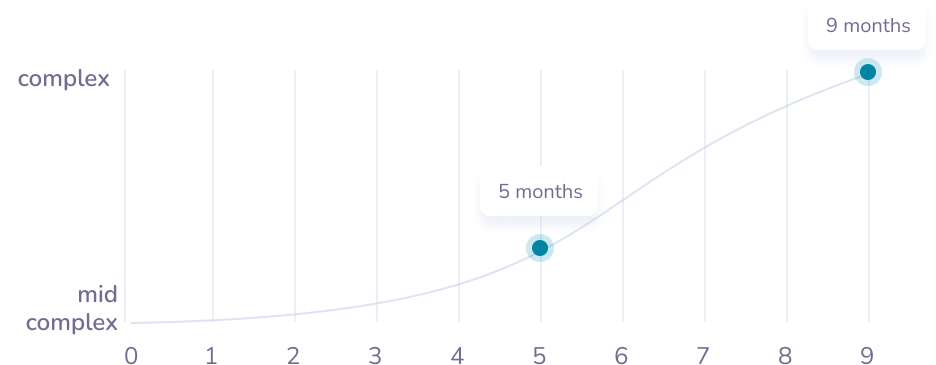Demand Rationalization
WHY (Problem)
Volume forecasts are typically composed of several crucial inputs: statistical forecasts, sales and marketing inputs based on commercial initiatives (e.g., promotions, pricing, ads), and the impact of new product introductions. The phenomenon is that the sum of these inputs is always higher than the actual amount of product sold and shipped to customers, creating forecast errors and resulting in excessive supply chain costs. The role of demand planners is to counteract this phenomenon by trimming forecast numbers based on their experience and insights. Without proper digital support, this work is doomed to failure due to the overwhelming amount of data, dimensions, and variations that are impossible for humans to handle, not to mention the countless hours of productivity lost to forecast adjustment activities.
WHAT (Value)
Productivity
demand planners’ time is saved, previously spent on forecast adjustment activities
Time to Value
Complexity:


Decision quality
+20% more accurate forecast (in terms of mean average percentage error aka MAPE) resulting in service increase by 1-5% and inventory reduction by 2-4%
HOW (Solution)
We have developed implementation know-how and pre-built advanced machine learning algorithms that rationalize forecast numbers and trim them to more accurate figures, reducing MAPE by at least 20%. We know which data, attributes, and features are most important for a given type of business to achieve the best results. The power of our innovation lies in the fact that the algorithm uses data that most companies already possess, such as shipment history, forecasts, and orders. This makes deployment relatively fast and easy compared to other advanced forecasting algorithms.
